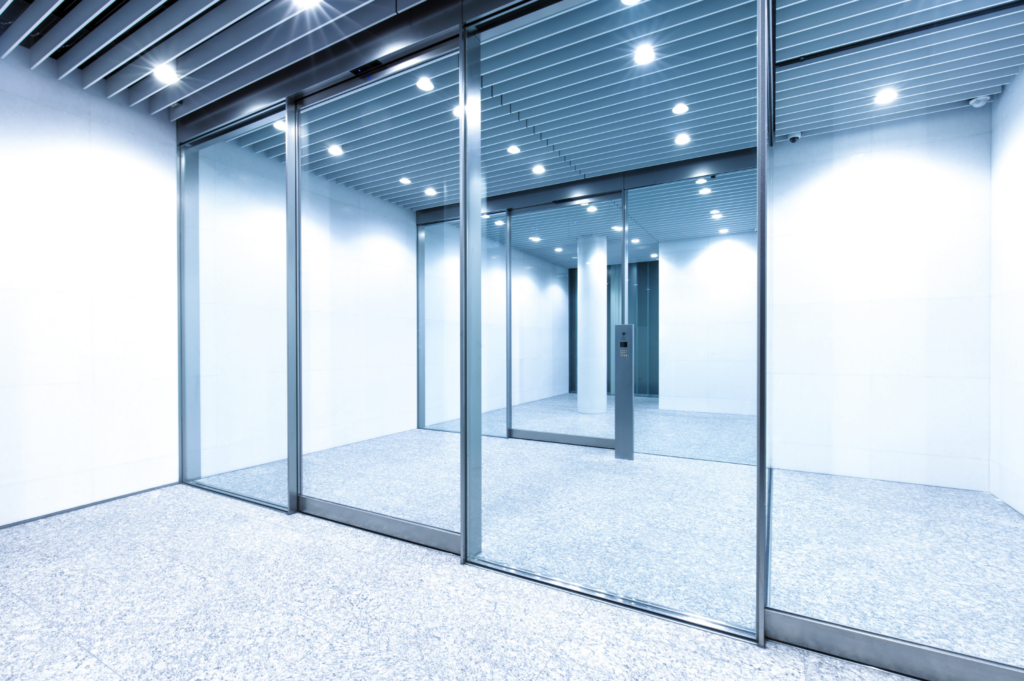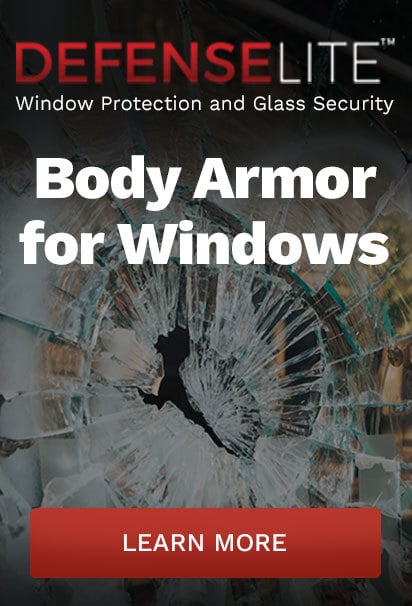Top 6 Physical Security Industry Trends For 2025

Emergent Trends Set to Dominate the Physical Security Industry in 2025
There’s no better time to make sure your property is secure than the start of a new year. As we head deeper into 2025, it’s important to know which physical security trends are dominating the industry — and why each of them can make your property even more secure. Read on to learn about six of the most important advancements in physical security for this year, alongside how they’ll continue to protect your property in the years to come.
- IT & Physical Security Convergence
- Growth of Data Analytics
- Focus on Risk Analysis
- Touchless Access Control
- Spotlight on School Security
- Merging Security and Sustainability
1) IT, Data Center & Physical Security Convergence
As the prevalence of cyber-attacks only continues to rise, cybersecurity has become a paramount focus across industries. According to Forbes, ninety-four percent of organizations have reported email security incidents — not to mention other, more targeted forms of cyber-attacks such as:
- Malware: Programs covertly inserted into systems — whether via emails, corrupted files, or removable physical media — that compromise data confidentiality, integrity, or security.
- Ransomware: Malware used to prevent system access until an online “ransom” is paid to the party executing the attack.
- Distributed Denial of Service (DDoS) Attacks: Excessive traffic from unknown locations meant to overwhelm systems — often used as a distraction to execute other forms of cyberattacks.
In an increasingly connected security ecosystem, these threats pose a threat not only to online systems, but the real-world, physical security of your property. In turn, IT and physical security convergence is a major corporate security trend for 2025.
Take, for example, a data center using electronic keycards to grant access to secure areas. A potential malactor can hack into the keycard system, turn off keycard restrictions, and allow intruders to enter without having to use traditional means of forced entry. Combining traditional means of physical security — such as forced entry prevention solutions — with holistic cybersecurity protocol is the only way to remain secure in this new world of threats.
2) Growth of Data Analytics
With increased convergences of cybersecurity & physical security come greater access to physical security data analytics. Although data analytics are traditionally thought of as a part of online systems, converged security solutions allow notable opportunities for physical security integrations.
Let’s return to the electronic keycard example. Online systems can track who enters specific areas, when they do, and how many visitors scan their card over a specific time period. In turn, properties can determine which areas of their building require higher levels of protection than other areas, alongside different security solutions that would be most apt for specific needs. Where one area may be best suited for reinforced glass, another might be served well enough by a surveillance camera.
Physical security data analytics allow decision-makers to choose informed options for each area of their facility — leading to more effective overall physical security and greater optimization of security budgets.
3) Focus on Risk Analysis
Data analytics, however, are just one piece of what should be a greater decision-making puzzle for physical security. Physical security risk assessments are comprehensive reviews of all security risks within your property — including doors, windows, locks, and any other aspects of physical security. Physical security risk assessments may include:
- Site inspection for security risks such as poor lighting, obstructed site-lines, and cracks in glass.
- Security system audits throughout solutions such as access control systems, surveillance cameras, and alarms.
- Review of procedure for emergencies including active shooters, fires, and explosions.
- Data analysis to identify high-traffic, high-risk parts of your property.
Physical security assessments ensure property-owners know exactly where and how they need to bolster their physical security, making informed decisions and sticking to thought-out security plans.
4) Touchless Access Control
We’ve mentioned scannable, electronic keycards as a hypothetical in earlier portions of this blog. Now, imagine the same secure entry and exit provided by keycard access, without the need to scan anything at all. Enter touchless security access, a major security innovation for 2025.
Touchless systems — such as wave-to-unlock doors, app-based controls, and proximity cards using RFID technology — minimize opportunities for potential intruders to steal access to secure areas in all parts of your facility. These systems also minimize hygienic issues, ensure credentialed individuals don’t forget physical means to enter areas, and cut out key moments of delay for some of a property’s most essential workers and visitors.
5) Spotlight on School Security
Anyone paying attention to national news knows just how prevalent school shootings have become in the United States. Per Statista, 2024 saw 83 shootings on school properties in the United States — the highest mark ever. Now, more than ever, physical security schools must be prioritized for the safety of our students and teachers.
Schools can leverage a number of security solutions to protect themselves from potential active shooters, including detailed security protocols and connected surveillance systems. Additional, new advancements in security glazing systems are paving the way for resilient, affordable physical security in schools of all shapes and sizes. Test methods such as ASTM F3561 are creating new standards for glass security that further ensure some of our most vulnerable citizens can remain safe.
6) Merging Security and Sustainability
As largely important as both trends seem to be heading into 2025, increased sustainability and bolstered physical security seem like they couldn’t be more different at face value. The core, however, of each trend lies in creating a safer environment. In turn, security and sustainability can merge in unique ways — some of which can serve as massive boons to your property in 2025.
One key example of this convergence lies within window glazings. While many properties will opt to buy a secondary glazing for one of either solar control or physical security, many glazings have the potential to do both. Take DefenseLite Energy. This glazing leverages a multilayer protection system to retain heat during cold winter months, leading to a more than 30% increase in energy savings during cold winter months.
Prepage for Emerging Physical Security Trends With DefenseLite
From greater risk analysis to sustainable security solutions, DefenseLite products can bolster any modern security trend with effective, durable secondary window glazing. Our suite of solutions counter diverse security needs for all properties — from the specially-designed, bullet resistant BulletShield to Access Shield™, engineered with entry doors in mind. Want to integrate 2025 security trends onto your property? Contact DefenseLite today and learn how we can help.




